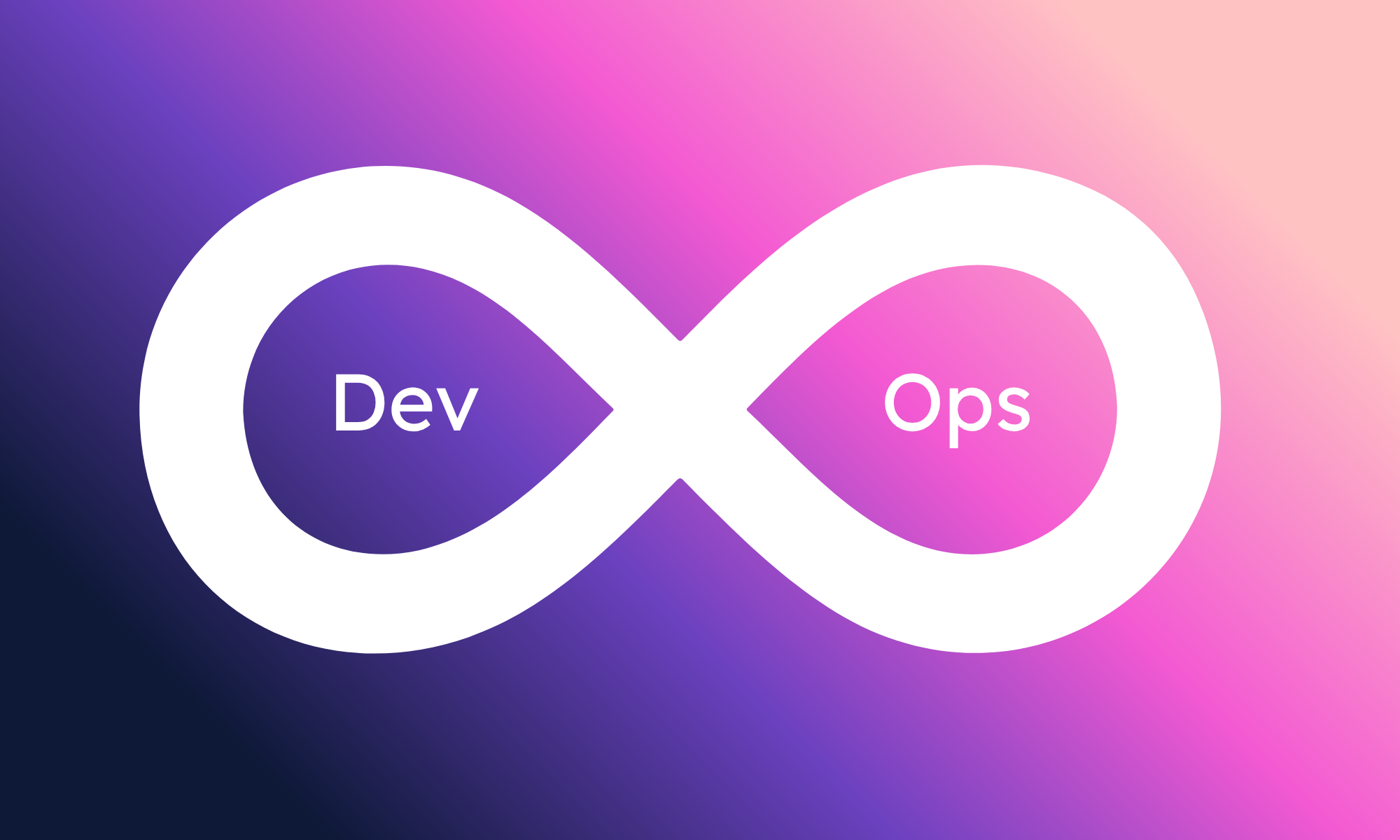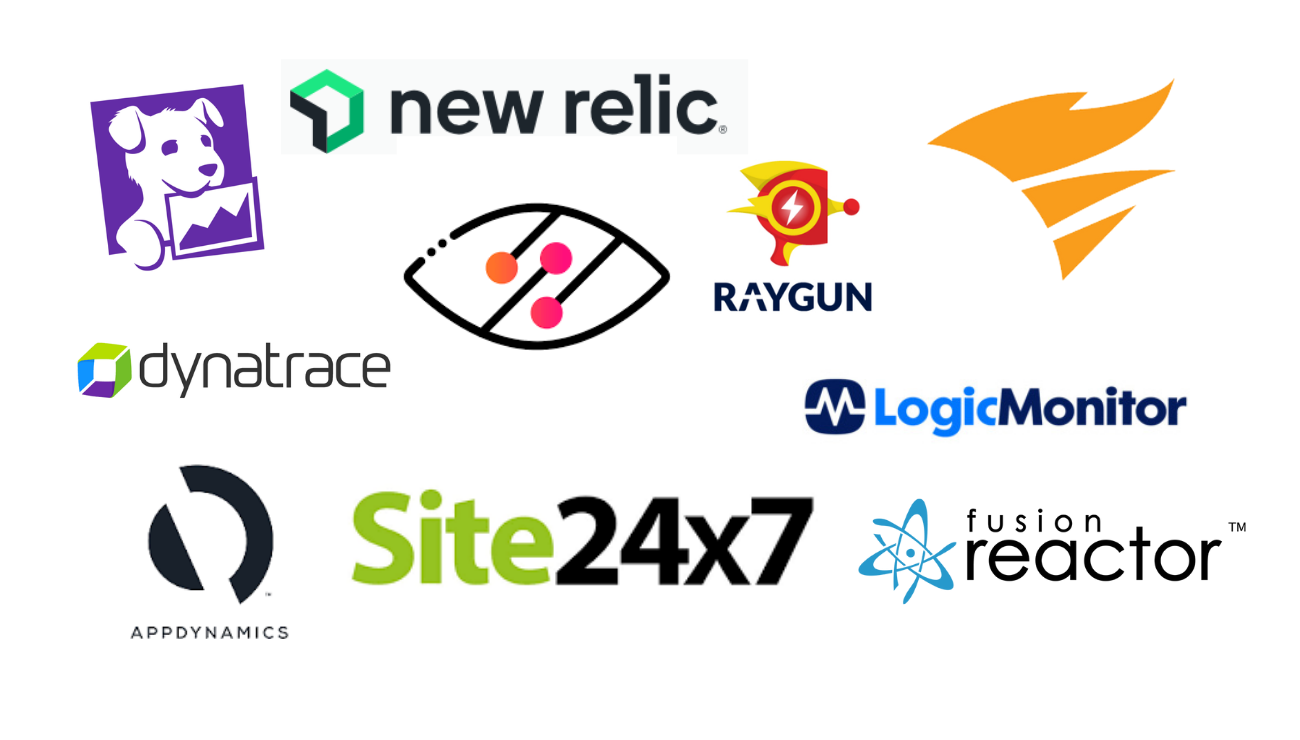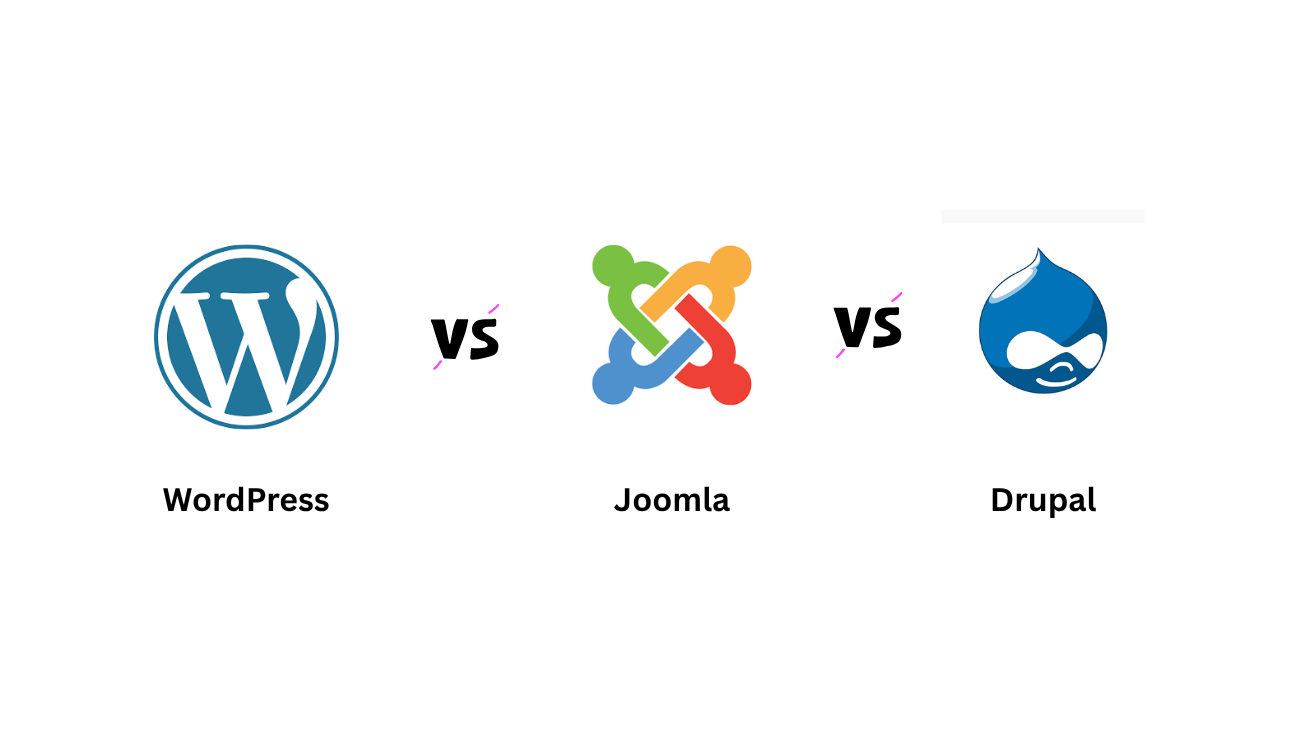
🚀 Introduction
In today’s fast-paced software world, organizations can’t afford slow releases or isolated teams. That’s where DevOps comes in — a powerful culture and set of practices that unite development (Dev) and operations (Ops) to deliver software faster and more efficiently.
DevOps isn’t just about tools; it’s about collaboration, automation, and continuous improvement. Let’s dive deeper to understand what DevOps is, why it matters, and how it’s transforming the way modern teams build software.
🔍 What is DevOps?
DevOps is a combination of development and operations — a philosophy that emphasizes collaboration between software developers and IT operations teams.
It’s focused on shortening the software development lifecycle and delivering high-quality software continuously.
In simple terms, DevOps is about:
✅ Breaking silos between teams
✅ Automating repetitive tasks
✅ Continuous integration and deployment
✅ Monitoring and improving performance in real time
⚙️ Core Principles of DevOps
The success of DevOps relies on several core principles often summarized as CAMs (Culture, Automation, Measurement, and Sharing):
-
Culture – Fostering collaboration, trust, and open communication across teams.
-
Automation – Streamlining repetitive tasks such as builds, testing, and deployments.
-
Measurement – Tracking metrics like deployment frequency, lead time, and mean time to recovery (MTTR).
-
Sharing – Encouraging transparency, feedback, and learning between teams.
Together, these principles help organizations deliver software quickly and efficiently while maintaining stability.
🧩 Key Components of DevOps
Here are the main components that make up a DevOps pipeline:
-
Continuous Integration (CI): Automatically merging and testing code changes.
-
Continuous Delivery (CD): Ensuring every code update can be deployed safely at any time.
-
Infrastructure as Code (IaC): Managing infrastructure (servers, networks, etc.) using code for consistency.
-
Monitoring & Logging: Tracking performance and errors in real time to detect issues early.
-
Collaboration Tools: Using shared tools like Jira, Slack, or Microsoft Teams to enhance communication.
🧠 Benefits of Implementing DevOps
Implementing DevOps brings measurable improvements across the organization:
✨ Faster software delivery
✨ Improved collaboration and communication
✨ Reduced deployment failures
✨ Better scalability and reliability
✨ Continuous improvement through feedback loops
💡 Real-World Examples of DevOps in Action
-
Netflix – Uses automation and cloud-based infrastructure to deploy thousands of updates per day without downtime.
-
Amazon – Embraces continuous deployment and monitoring to roll out new features quickly while maintaining stability.
-
Facebook – Uses DevOps principles to ensure smooth, rapid updates and testing across its massive user base.
-
Etsy – Transitioned from long deployment cycles to multiple daily releases through CI/CD and cultural transformation.
These examples show how DevOps enables global tech leaders to innovate faster while keeping their systems reliable.
🛠️ Popular Tools in the DevOps Ecosystem
Some of the most widely used DevOps tools include:
-
Version Control: Git, GitHub, GitLab
-
CI/CD: Jenkins, CircleCI, GitHub Actions
-
Configuration Management: Ansible, Chef, Puppet
-
Containerization: Docker, Kubernetes
-
Monitoring: Prometheus, Grafana, ELK Stack
Each tool plays a role in automating, testing, deploying, and monitoring software efficiently.
📈 DevOps Lifecycle
The DevOps lifecycle typically includes the following stages:
-
Plan → Define project scope and requirements
-
Code → Write and review the codebase
-
Build → Compile and test the application
-
Test → Automate testing for quality assurance
-
Release → Prepare for deployment
-
Deploy → Push updates to production
-
Operate → Monitor performance and reliability
-
Monitor & Feedback → Gather data and improve continuously
This continuous loop helps teams improve software delivery with every iteration.
🏁 Challenges in Adopting DevOps
Despite its advantages, adopting DevOps can come with challenges:
⚠️ Resistance to cultural change
⚠️ Skill gaps in automation and cloud infrastructure
⚠️ Tool integration complexity
⚠️ Security and compliance issues
However, with proper training, leadership support, and a clear roadmap, these challenges can be overcome effectively.
🌐 Conclusion
DevOps is more than just a buzzword — it’s a game changer for modern software development.
By bridging the gap between development and operations, teams can deliver software faster, ensure higher quality, and adapt quickly to changing business needs.
At Solace Infotech, we help organizations implement DevOps best practices, automate workflows, and modernize their development pipelines to achieve true digital transformation.




